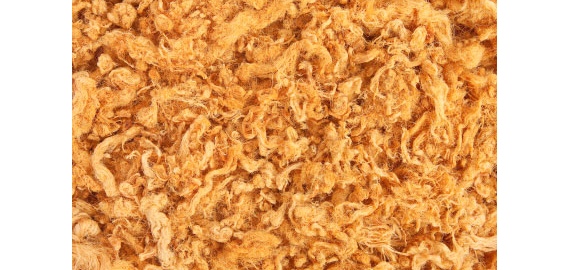The Weight Loss Dilemma - Why I Opt For Full Flavor Versus Low Fat
Whenever you read those lists “Top 10 Tips and Tricks for Cutting Calories” or “6 Easy Food Substitutions to Help you Lose Weight” they almost invariably make the suggestion to “switch from full flavor goods to their low fat or non-fat counterparts.” Of course, on the surface, the immediately apparent benefit to this is obvious – cutting out extra calories and fat. This is misleading, however, and in this article I’ll explain why “going low fat” isn’t truly beneficial to weight maintenance and weight loss in the long run.
Cutting Calories – But For What?
More calories, that’s what. Products that are advertised as being low fat, reduced fat, non fat, low sugar or no sugar only serve to lull us into a false sense of security. We think, “Oh, it’s low fat, I can have a little extra and it won’t hurt anything.” This is both wrong and counterproductive to the necessary mindset for an effective weight loss regimen.
In actuality, most low fat products don’t offer a significant reduction in either calories or fat. There is a certain percentage of reduction that they must adhere to be legally able to use the titles reduced fat, low fat or non fat. I’m very familiar with all of this because I went through the fad myself, religiously checking nutrition labels and buying expensive, “healthy” alternatives. However, how much of an increase in portion size are you actually getting with the low fat alternatives? A tablespoon? An eighth of a cup? Maybe a quarter? Is that really the difference between satisfaction and ongoing cravings?
I think not. The key to filling, satisfying meals has little to do with the amount of food that we eat. I firmly believe that taking the right attitude when it comes to eating is vitally more important, and infinitely more effective.
More is Not Less, It’s More
Dieting is not about eating more, it’s about eating less. It’s a proven fact that in the American culture the average person takes in hundreds more calories than they really need, each and every day. Making the decision to take control of your eating habits and thus your weight is about becoming aware of how much food you actually need, and the kinds of foods you need. It’s about taking responsibility and making mature decisions, not cutting corners and taking shortcuts so you can continue to eat as much as possible. And by opting for low fat foods you are essentially giving yourself the green light to increase the amount of food you take in.
Remember all those extra calories that the low fat versions of foods supposedly “save” us? The only thing they serve to do is encourage us to eat more, by to “make up” for all those saved calories. “Oh, I can eat three ‘lowfat’ cookies instead of just one regular cookie?” Chomp, chomp, chomp. Where are the so-called savings now? I know, because I’ve been there.
“Low Fat Cooking”
The phrase “low fat cooking” doesn’t mean low fat versions of high fat foods, it means a diet that is low in total fat and high in all the other things your body needs and is supposed to be eating. If you search around on the internet it’s easy to determine you daily caloric requirements, daily recommended fat intake, daily recommended water intake (not soda) and this weird, triangular thing called a “Food Pyramid” (I think it’s Egyptian or something.)
The food pyramid outlines (as it has for years) the foods that we really need (vegetables, fruits, whole grains, and lean meats, in that order) and the proportions we need them in. Educate yourself on the principles of good nutrition, and commit yourself to eating the right amount as opposed to always more, more, more!
-
Drinks that help Burn Fat during Exercise
Exercise increases thermogenesis .i.e. the production of heat in the
-
A Glimpse into the Mind of the Stomach
Has your stomach ever started growling loudly in a meeting? Have yo
-
Losing Weight - A Priority or A Wish
Have you ever wondered what drives those athletes and millionaires
-
Quick And Healthy Weight Loss - Healthy Weight Loss Workout
Obesity and overweight have now been proven culprits that are placing
-
Weight Loss With Bontril Smooth Sailing On The Weight Loss Ocean
As many of us know, its the first few days of starting a healthy new h
-
Five superfoods for diets
Various foods make it really hard to die
- DON'T MISS
- How to Dine and Still Lose Weight
- Weight Loss Motivation Tips
- Lose Weight Rapidly With A Natural Fat Burner
- Simple Fat Reduction – How To Lose Fat Fast!
- Eating More Veggies For A Guaranteed Healthy Weight Loss
- Get The Most Out Of Your Workouts With These Fantastic Physical Fitness Tips!
- How Can I Lose Weight Quickly
- Dieting You Must Reset Your Weightostat
- 13 Tips to Drink Your 8 Glasses of Water Daily and Lose Weight Faster
- Exploring Weight Loss Product Reviews




